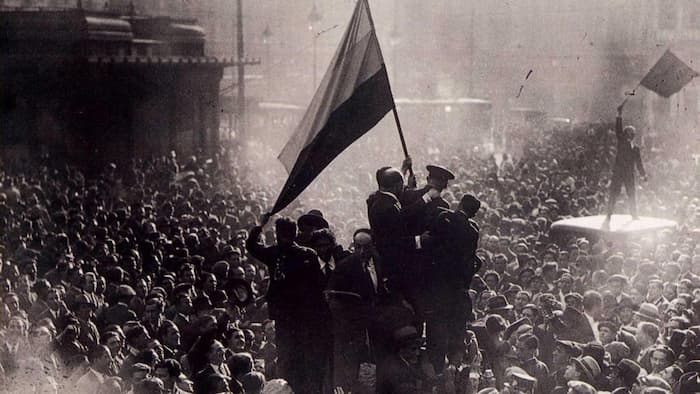Pact of San Sebastián: the beginning of the Second Republic
The city of San Sebastián has been a point marked by historical moments, one of the most important being the Pact of San Sebastián. This pact was the first step towards the Second Republic of Spain, which is why it marked a before and after in the form of government of the time.
How did the Pact of San Sebastián begin?
To briefly put ourselves in context, in January 1930 General Primo de Rivera (leader of the dictatorship that the country had suffered since 1924) asked King Alfonso XIII for his resignation, which he himself accepted.
At that time, King Alfonso XIII wanted to appoint Berenguer as governor to restore “constitutional normality” to the country, that is, to leave behind the dictatorship and have more national sovereignty.
This was totally rejected by the republican parties since they affirmed that it was King Alfonso XIII himself who supported the dictatorship and violated the Constitution of 1876. From here the path towards the Second Republic began to be forged, which will begin with the Pact from San Sebastian .
Who initiated and signed the Pact of San Sebastián?
As we have mentioned before, the republican leaders were totally opposed to the return to constitutional-monarchical power. It was an afternoon in August 1930 (remember that Primo de Rivera resigned in January of the same year), where fourteen representatives of all the republican political parties in Spain met in the city of Gipuzkoa, where the Pact of San Sebastián was created.
The representation of those 14 men in the Pact of San Sebastián were from the parties: Republican Alliance, Radical Republican Party, Radical-Socialist Party, Liberal Republican Right, Catalan Action, Catalan State and Galician Republican Federation. It should be noted that there was no representation of the Spanish Federal Party at the meeting of the Pact of San Sebastián.
This meeting was held in the San Sebastián casino, where the Republican Union party had its registered office. This meeting was chaired by Fernando Sasiain.

Source: https://www.lavanguardia.com/vida/junior-report/20210414/6648263/asi-comenzo-segunda-republica-espanola.html
History of the republican process (started with the Pact of San Sebastián)
After several months behind for their adherence to the Pact of San Sebastián, in October 1930, both the PSOE and the UGT joined it. After that, a general strike was proclaimed for the insurrection and establishment of the Second Republic on December 25, 1930.
This will be cut short as, three days earlier, a military uprising took place in Jaca against the monarchy which, after its failure, only further extended the arrival of the Second Republic that had been forged in the Pact of San Sebastián. The captains in command of that uprising were executed.
After that, General Berenguer restored one of the articles of the Constitution of 1876 and called elections for March 1, 1931. As it was practically a support for the monarchy, it did not get support from any of the parties of the Pact of San Sebastián and King Alfonso XIII decides to relieve the position with Bautista Aznar.
This government would be the union of liberals and conservatives. They will proceed to call municipal elections and then elections to the Cortes. After the victory in the majority of the municipalities of the Republican-Socialists, on April 14 the Second Republic was proclaimed and Alfonso XIII had to leave the country. Here ends the successful feat of the creators of the Pact of San Sebastián.
The Pact of San Sebastián is one of the many historical moments and milestones hidden in this incredible city that you should undoubtedly discover its nooks and secrets. One of the best ways to do it is by taking a guided tour with local people who will tell you everything. You will end up falling in love!
